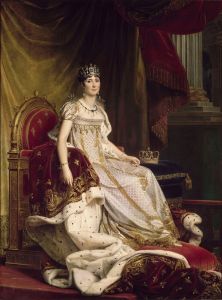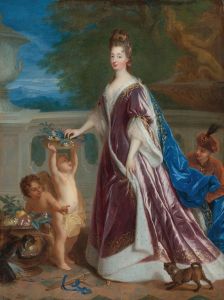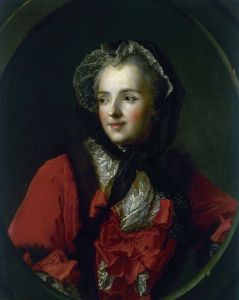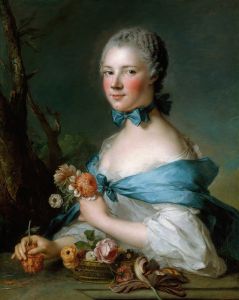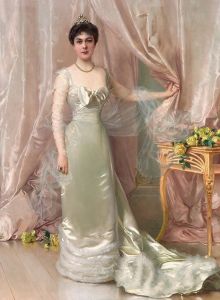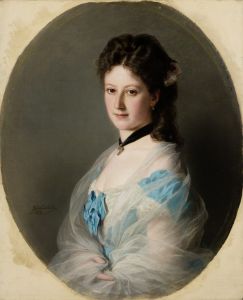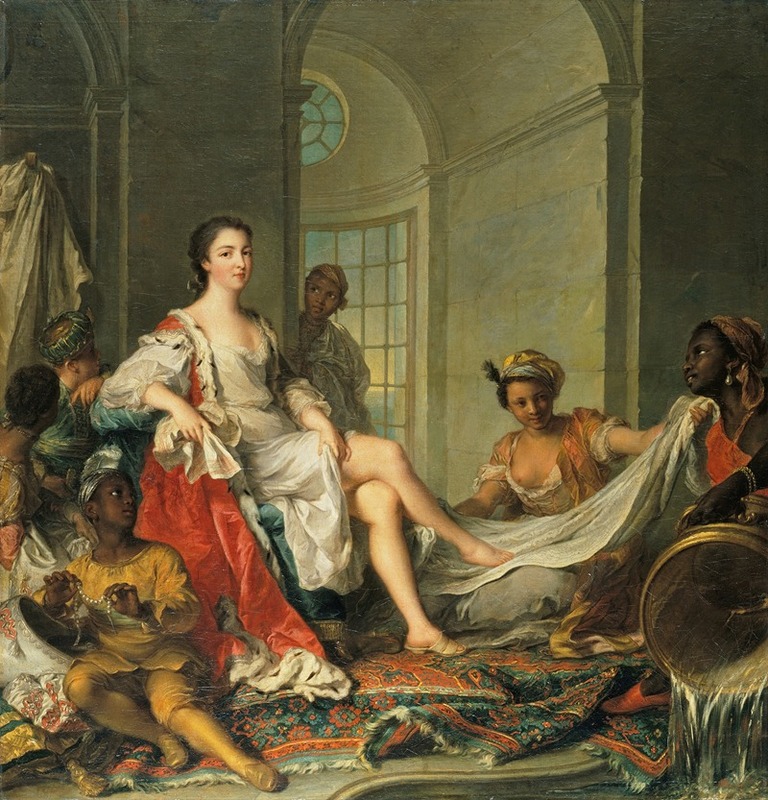
Mademoiselle de Clermont en sultane
A hand-painted replica of Jean-Marc Nattier’s masterpiece Mademoiselle de Clermont en sultane, meticulously crafted by professional artists to capture the true essence of the original. Each piece is created with museum-quality canvas and rare mineral pigments, carefully painted by experienced artists with delicate brushstrokes and rich, layered colors to perfectly recreate the texture of the original artwork. Unlike machine-printed reproductions, this hand-painted version brings the painting to life, infused with the artist’s emotions and skill in every stroke. Whether for personal collection or home decoration, it instantly elevates the artistic atmosphere of any space.
Jean-Marc Nattier, a prominent French Rococo painter, is renowned for his portraits of the French aristocracy, often depicting them in allegorical or mythological guises. One of his notable works is "Mademoiselle de Clermont en sultane," which exemplifies his skill in blending portraiture with imaginative themes.
"Mademoiselle de Clermont en sultane" portrays Louise-Anne de Bourbon, known as Mademoiselle de Clermont, who was a member of the French royal family. Born in 1695, she was the daughter of Louis III de Bourbon, Prince of Condé, and Louise-Françoise de Bourbon, a legitimized daughter of King Louis XIV. As a member of the high nobility, Mademoiselle de Clermont was a prominent figure at the court of Versailles.
In this painting, Nattier presents Mademoiselle de Clermont in the exotic guise of a sultana, a theme that was fashionable in 18th-century France due to the period's fascination with Orientalism. This interest in the East was partly inspired by the diplomatic and cultural exchanges between France and the Ottoman Empire, as well as by the popularity of literary works that romanticized Eastern cultures.
Nattier's portrait captures Mademoiselle de Clermont in a luxurious and elaborate costume that reflects the opulence associated with the imagined Orient. She is adorned in a richly embroidered gown with a turban, which was a common element in depictions of Eastern figures. The choice of attire not only highlights the sitter's status and wealth but also reflects the era's artistic trends and the sitter's own engagement with contemporary fashion.
The painting is characterized by Nattier's typical use of soft, delicate colors and his ability to render textures with great finesse. The artist's attention to detail is evident in the intricate patterns of the fabric and the subtle play of light on the materials, which contribute to the overall sense of elegance and sophistication. Nattier's skillful brushwork and his ability to capture the sitter's likeness while imbuing the portrait with an air of fantasy are hallmarks of his style.
"Mademoiselle de Clermont en sultane" is not only a testament to Nattier's artistic prowess but also serves as a reflection of the cultural and social milieu of 18th-century France. The painting embodies the Rococo era's penchant for playful and imaginative themes, as well as the aristocracy's desire to be portrayed in a manner that emphasized both their individuality and their connection to broader cultural trends.
Today, Nattier's works, including "Mademoiselle de Clermont en sultane," are appreciated for their historical significance and their contribution to the development of portraiture in the Rococo period. They offer insights into the lives and tastes of the French nobility, as well as the artistic currents that shaped the visual culture of the time. The painting remains an important piece in the study of both Jean-Marc Nattier's oeuvre and the broader context of 18th-century French art.





